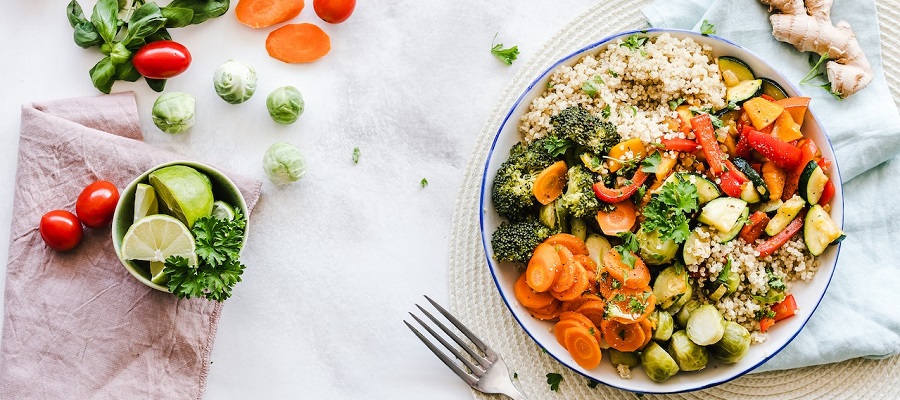There are several differences between vegetables that are grown in the summer and those that are grown in the winter:
-
Seasonality: Many vegetables are seasonal, meaning they are more readily available and at their peak of ripeness during certain times of the year. Summer vegetables are typically those that thrive in warm weather, such as tomatoes, zucchini, and peppers, while winter vegetables are those that can tolerate colder temperatures, such as root vegetables like carrots, turnips, and beets.
-
Flavor and texture: The flavor and texture of vegetables can also vary depending on the season in which they are grown. Summer vegetables tend to be sweeter and more tender due to the longer hours of sunlight and warm temperatures, while winter vegetables may have a slightly stronger flavor and be firmer in texture due to the colder growing conditions.
-
Nutrient content: The nutrient content of vegetables can also vary depending on the season in which they are grown. Some vegetables may contain higher levels of certain nutrients when they are grown in the summer, while others may have higher levels of nutrients when they are grown in the winter.
Overall, there are several differences between vegetables that are grown in the summer and those that are grown in the winter, including their seasonality, flavor and texture, and nutrient content.
Examples for each of them
Here are a few examples of summer vegetables and winter vegetables:
Summer vegetables:
- Tomatoes: Tomatoes are a warm-season crop that are typically at their peak of ripeness in the summer months. They are often sweet and juicy, and can be used in a variety of dishes, including salads, sandwiches, and pasta sauces.
- Zucchini: Zucchini is a summer squash that is typically at its best in the summer months. It has a mild, slightly sweet flavor and a tender texture, and can be used in a variety of dishes, including grilled vegetables, soups, and baked goods.
- Peppers: Peppers are a warm-season crop that are at their peak of ripeness in the summer months. They can range in flavor from sweet to spicy, and are often used in salads, sandwiches, and a variety of cooked dishes.
Winter vegetables:
- Carrots: Carrots are a root vegetable that can be grown in the winter in colder climates. They have a sweet, slightly earthy flavor and a crunchy texture, and are often used in soups, stews, and roasted vegetables.
- Turnips: Turnips are a root vegetable that can be grown in the winter in colder climates. They have a slightly bitter, slightly sweet flavor and a firm texture, and are often used in soups, stews, and roasted vegetables.
- Beets: Beets are a root vegetable that can be grown in the winter in colder climates. They have a sweet, slightly earthy flavor and a tender texture, and are often used in salads, roasted vegetables, and soups.
Overall, there are many different types of summer and winter vegetables, each with their own unique flavor and texture. These are just a few examples of the many vegetables that can be grown in each season.
Which of these examples contains the highest nutritional value?
It is difficult to say which specific vegetable has the highest nutritional value, as the nutritional content of vegetables can vary depending on a variety of factors, including the type of vegetable, where it is grown, and how it is prepared. However, all vegetables are generally a good source of nutrients and can be an important part of a healthy diet.
Here are some of the key nutrients that can be found in some of the vegetables mentioned in the previous examples:
-
Tomatoes: Tomatoes are a good source of vitamins C and K, potassium, and lycopene, a powerful antioxidant.
-
Zucchini: Zucchini is a good source of vitamins C and K, potassium, and dietary fiber.
-
Peppers: Peppers are a good source of vitamins C and A, potassium, and dietary fiber.
-
Carrots: Carrots are a good source of vitamins A and K, potassium, and dietary fiber.
-
Turnips: Turnips are a good source of vitamins C and K, potassium, and dietary fiber.
-
Beets: Beets are a good source of vitamins A and C, potassium, and dietary fiber.
Overall, all vegetables are a good source of nutrients and can be an important part of a healthy diet. It is important to eat a variety of vegetables to ensure that you are getting a range of nutrients.


